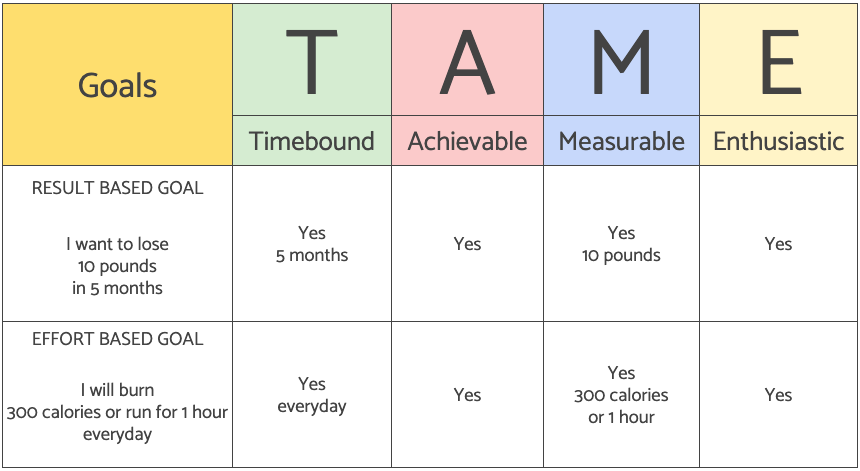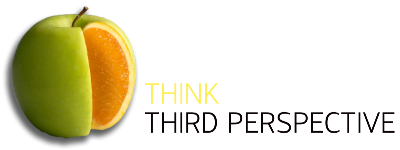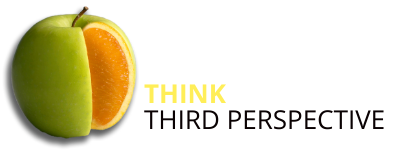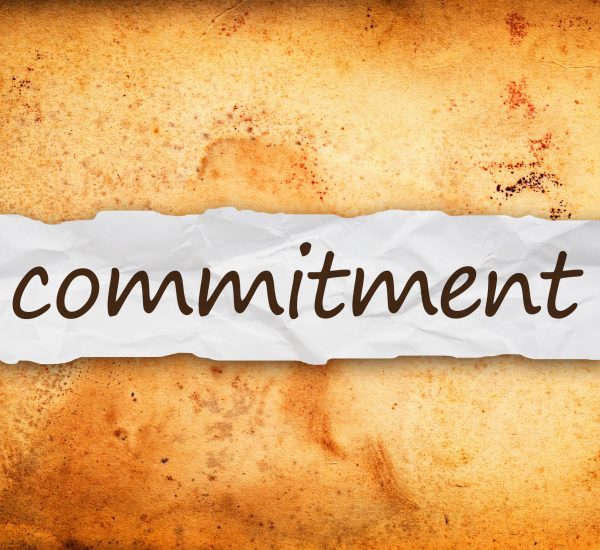Why are current goal setting methods a failure?
“Only 15% of employees strongly agree that their goals will help them achieve great things.” (Source: Forbes.com)
I am pretty sure that we all have set a goal or two for ourselves at some point of time. Goal setting is not something unique to just the beginning of the year; we set different goals throughout the year.
SMART criteria of goal setting
What exactly is a Goal? According to Merriam Webster a goal is “The end toward which effort is directed.“ The moment we Google ‘Goal Setting’ the first thing that pops up is SMART (Specific, Measurable, Achievable, Relevant, Timebound) criteria of goal setting.
Why SMART criteria is not significant
Let us take a closer look into it. When setting a personal goal we are well aware of our requirements, so we know what our specific needs are and what relevance the goal holds for us. So, when setting a personal goal the ‘specific’ and ‘relevant’ of the SMART criteria will not be significant for us.
Instead we should focus on TAM. The acronym stands for Timebound (T), Achievable (A) and Measurable (M). Examples of some goals we can set based on TAM criteria:
I want to lose 10 pounds in five months
I want to buy a house worth $500,000 by 2025
I want to own a E class Mercedes by 2022
I want to be a Doctor by 2025
Going with the first example, let us see if it satisfies the TAM criteria?
Timebound: Yes, five months
Achievable: Yes
Measurable: Yes, 10 pounds
Yes, it does satisfy the TAM criteria. Is it sufficient enough to achieve our goal? Not really. What are we lacking? Enthusiasm!
TAME your goals
If we are not enthusiastic or have the right kind of energy, no matter what goal we set we would never succeed. Our enthusiasm or the positive energy is what motivates us to achieve our goal. So being enthusiastic is a very important factor when it comes to defining our goals. So we must always ask ourselves if we are enthusiastic about our goal and if we want to achieve it. And only if our answer is Yes, we will succeed in achieving our goal. So we need one more factor apart from TAM , i.e, Enthusiastic (E). With all these four factors we can TAME any goal. Let us revisit the earlier goal “I want to lose 10 pounds in a month.” and see if we can TAME it.

With the inclusion of the factor Enthusiastic (E) we have taken the motivation factor of Goal Setting into account. TAME-ing a goal is just the best way to define a goal.
Result based goals
What is common in all our above goals? All these goals are focussed on the final outcome. Otherwise, all the goals were result oriented. In other words, they are Result based goals.
Then what is really Goal Setting? Wikipedia states, “Goal setting involves the development of an action plan designed to motivate and guide a person or group towards a goal.” Based on the definition of goal setting, all this while we lacked “an action plan designed to achieve a goal.” Now we know why according to Forbes, “85% of the people think that goal setting will not yield results”.
Effort based goals
This is where efforts and effort based goals come into picture. Effort based goals can be defined as, “Systematic steps taken by us on a timely basis to achieve our result based goals.” Going back to our example of losing weight:

Any goal setting exercise can be complete only when we have both goals in place:
1. Result Based Goal
2. Effort Based Goal
Please find the goal setting template and the reference sheet at the bottom of the blog.
They are like the two sides of a coin. Our result based goal cannot be achieved without an effort based goal and our effort based goal cannot exist without the result based goal. Your goal setting exercise is incomplete without both in place. The only way you can achieve your goal is when your result based goals and effort based goals are in sync.
Tame your goals using the goal setting template below. Please share how you have TAME-ed your goal. Love to hear from you.
Goal Setting TemplateGoal Setting References







A different take on goal setting and something that can be incorporated by everyone for a desired end state.